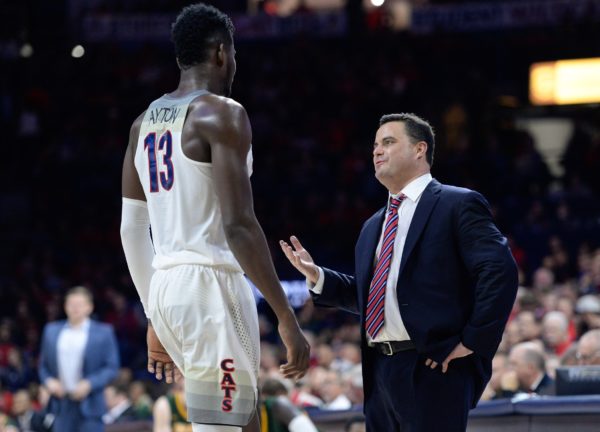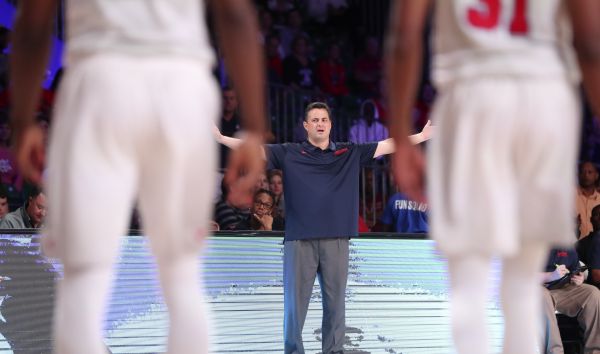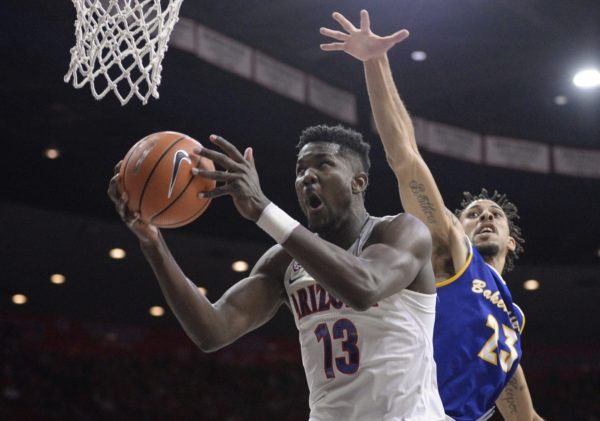Pac-12 Non-Conference Reset (non-Arizona State Edition)
Posted by RJ Abeytia on December 28th, 2017It may seem out of sync with the Holiday Spirit to practice exclusion, but we’ve spent SO much time on Arizona State already and quite honestly, their unblemished 12-0 record should be more than enough to keep Sun Devil fans happy. They have played great ball to date and, entering conference play, are sitting prettier than they have in quite some time. We’ve heard enough about the story of the year in the Pac-12, so let’s take some stock from the rest of the Conference of Champions with Pac-12 play ready to begin this week.
Team of the Non-Conference: UCLA snatched this award away just moments before Santa and his reindeer took flight on the strength of a huge neutral court win over Kentucky on December 23. The Bruins have three wins over Power 6 teams right now (Georgia Tech, Wisconsin, Kentucky) which is second-most in the league behind… well, you already know. The Bruins are doing all this despite the suspensions/departures of three freshmen expected to contribute this year in LiAngelo Ball, Jalen Hill and Cody Riley. Aaron Holiday and Thomas Welsh have been providing the on-court stability the Bruins were expecting, with both playing heavy minutes and logging true shooting percentages of about 57 percent. UCLA, a team with a relatively short roster, has damned the torpedoes and pushed the ball up at a pace of 74.5 possessions per game, 27th-fastest nationally. Lunardi currently lists UCLA as one of the first four out of the NCAA Tournament, but those three solid wins along with no bad losses (KenPom #29 Creighton, #33 Michigan, and #10 Cincinnati) gives it a good shot to work Pac-12 play to a decent seed in March. Credit head coach Steve Alford for moving past all the distractions and keeping things together in Westwood.



















































